Paget’s Disease of the Bone
Definition
“Paget’s disease is a chronic disease of the bone in which the bone recycling process is affected, in which the body recycles old bone and creates abnormal new bone”
It is the 2nd most commonly seen bone disease after osteoporosis.
In normal healthy bone, a process called recycling removes old pieces of bone and removes them with new, fresh bone.
this process causes a shift out of balance, resulting in a new bone that is shaped abnormally, weak, and brittle. It is most commonly seen in older people, seen in approximately 2 to 3 percent of the population above the age of 55.
The risk of this increase with age, the older you are, you are at higher risk. The risk of Paget’s disease also increases if you have any family history.
Signs and symptoms
Mild or early cases of Paget’s are asymptomatic, most people are diagnosed with Paget’s disease incidentally during medical evaluation for another problem.
the most common symptom is bone pain, Paget’s disease may first be noticed as an increasing deformity of a person’s bones.
The disease might affect only one or two areas of your body or might be widespread.
Paget’s disease is mostly affected the following bones.
- the pelvis
- the spine
- the skull
- the femur, or thighbone
- the tibia, or the shin bone.
Major nerves in the body travel through or alongside the bones, so abnormal bone growth also causes a bone to compress, pinch, or damage a nerve, triggering pain.
- Bony Pain in your bones and joints:
- Tingling numbness and weakness in a limb
- Bony deformities
- Difficulty in hearing or hearing loss, mainly on one side
Causes of Paget’s disease
The cause of Paget’s disease is unknown (Idiopathic). Heredity also counts as a cause, at least partially, mainly activated when exposed to a virus.
Heredity factors – About 10–15 patients in every 100 people with Paget’s disease have relatives who also have the same condition. In these cases, Paget’s disease can be traveled from one generation to the next.
Inactive Lifestyle – It is mostly found that having an inactive lifestyle or poor diet or history of any bone injury also acts as triggers for the later development of Paget’s disease in those people who also have genetic risk factors.
Complications of Paget’s disease
- Joint pain or arthritis
- hearing loss
- heart disease
- nerve pain or nervous system issues
Paget’s sarcoma is a type of cancer that can be seen in one percent of people with Paget’s disease
- loose teeth
- vision problems
Diagnosis of Paget’s disease
The first clinical diagnosis of Paget’s disease is usually an increased level of alkaline phosphatase in the blood.
An increased level of alkaline phosphatase in the blood in combination with normal calcium, phosphate, and aminotransferase levels in an elderly patient is a sign of Paget’s disease.
Your doctor may be able to diagnose Paget’s from your symptoms and a physical examination if your bone is deformed in such a way that’s typical of the condition, but also you’ll require x-rays and blood tests to finalize it. Some blood tests will also consider to Paget’s disease even if you don’t have any major symptoms.
There are many causes why you might have this blood test, and many conditions besides Paget’s disease can increase the level of alkaline phosphatase, X-rays and blood tests can be useful to confirm the diagnosis of this condition.
X-rays:
The first sign of Paget’s disease is mostly bony abnormalities seen on X-rays done during the diagnostic procedures. X-ray images of your bones can show areas of bone reabsorption, enlargement of the bone, and deformities that are symptoms of Paget’s disease, such as the bow leg.
Bone scan:
In a bone scan, radioactive fluid is injected into your body. This material travels to the spots of the affected bone, so they see it on the scan images.
Treatment of Paget’s disease
Treatment can manage Paget’s disease symptoms but no permanent solution is available.
Medical treatment
Osteoporosis-related drugs (bisphosphonates) are the most common treatment for Paget’s disease of bone. Doctors also prescribe you calcium and vitamin D supplements.
Pain-relieving medicines mainly Nonsteroidal anti-inflammatory drugs (NSAIDs) prescribed by Doctors such as ibuprofen, naproxen, and aspirin can help relieve mild bone pain that causes due to Paget’s disease.
Bisphosphonate medicine: When bone pain is the most common symptom, a medicine called bisphosphonates is mostly prescribed for the treatment of Paget diseases. These medicine block osteoclasts and can be very useful in treating Paget’s disease.
Physical Therapy Treatment
A Physical assessment, generally performed by a physiotherapist, can be very helpful. They identify bony deformity whether one of your legs has become shorter because your thigh and shin bones have become curved. In this case, a built-up insole in your shoes can reduce any feelings of asymmetry.
Paget’s disease symptoms Pain caused by increased bony abnormalities leads to muscle weakness, joint stiffness, and reduced cardiovascular endurance resulting in difficulty performing a day-to-day activity.
Physiotherapy treatment and exercise can help in improving muscle strength, regaining flexibility, improving joint range of motion, increasing endurance, and reducing the risk of deconditioning in these diseases.
Muscle Strengthening exercises for affected joints and their adjacent joints can help reduce the risk of bony complications of Paget’s disease.
In strengthening exercises mainly weight-bearing exercises are suggested in pain-free range, such as walking, dancing, or swimming can help to increase muscle power, endurance, and increase range of motion.
Exercises to improve your balance and strength will help to prevent the risk of falls.
Improvements in cardiovascular function and cardiac output also can result from physical therapy to improve functional activities like walking, stair climbing, dancing, and swimming.
A physical therapist may also suggest orthotics and other assistive devices according to bony deformity to help in the treatment of deformities.
Bracing may also be beneficial with open reduction and internal fixation limb surgeries.
A physical therapist can also assist a patient with Paget’s disease with home modifications to make the patient safer with mobility around the home.
Modalities can also be beneficial such as superficial heat, Interferential therapy(IFT), transcutaneous electrical nerve stimulation (TENS), and massage, which may be helpful to relieve muscle pain, tenderness, and tightness.
Physical therapists should advise precautions, if necessary, for example, avoid activities such as jogging, running, jumping, and aggressive forward bending and twisting exercises if the spine is affected by Paget’s disease.
Other supportive Treatments that are helpful such as providing physical assistance, including the addition of wedges in the shoe, and canes as walking aids.
Other important tips are:
- Get regular exercise.
- Don’t put over-stress on the affected bones.
- Use a supportive splint if any bone is at risk for breaking.
Diet plan
In general, patients should take 1000–1500 mg of calcium, adequate sunshine, and at least 400 units of vitamin D daily. This is very important in patients being treated with bisphosphonates.
Surgical Treatment of Paget’s Disease
Medical Treatment helps in these diseases before the surgery to decrease the complications.
If you are looking for surgical treatment, you should discuss treatment with your physician. There are three major complications for which surgery may be advised.
- Help fractures heal
- Replace joints damaged by severe arthritis
- Realign bony deformity
- to Reduce pressure on nerves
Another common surgery is an osteotomy. In this surgery, the Doctor removes a wedge of bone to correct a bony deformity.
Prognosis of Paget’s disease
It is a progressive disease and slowly worsens with time, although people may remain minimally symptomatic. Treatment is given to control symptoms.

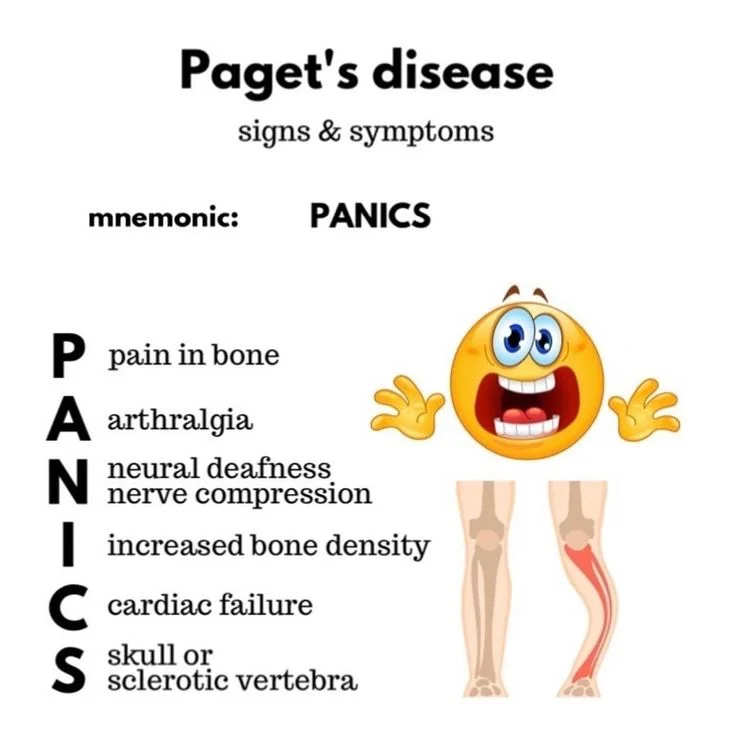

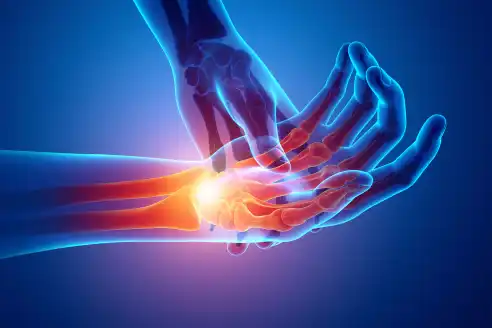
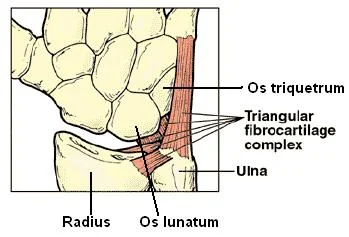
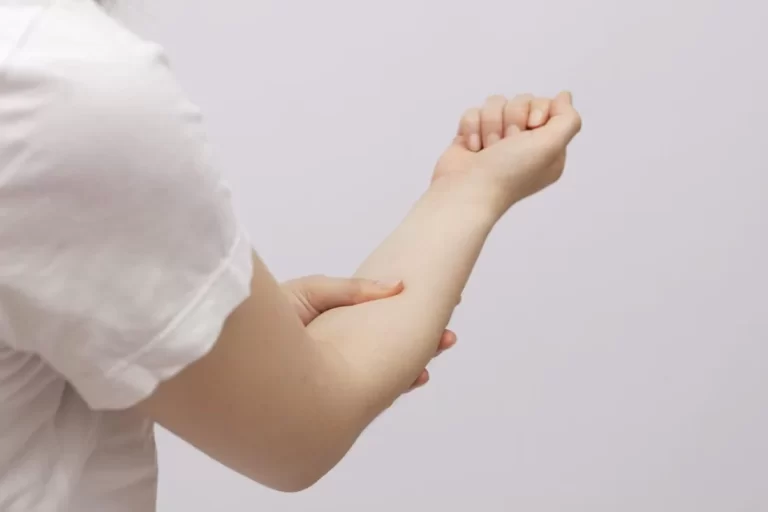
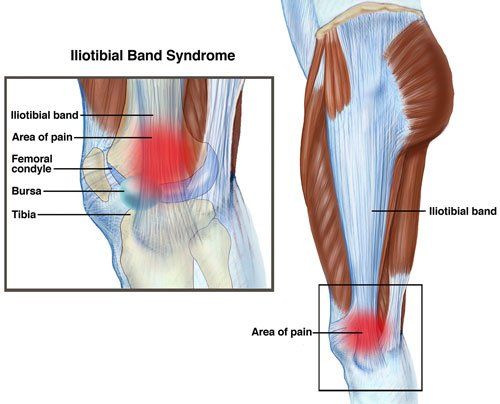

6 Comments